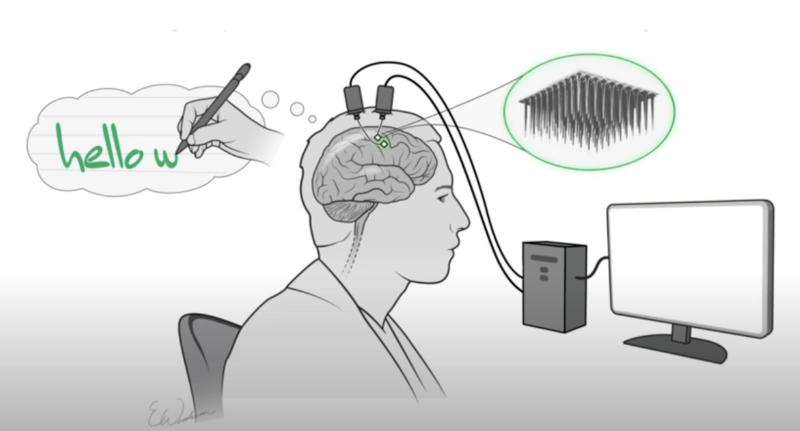-
chevron_right
The sweeping reorganisation of the brain in pregnancy, and why it matters – podcast
news.movim.eu / TheGuardian · Thursday, 19 September - 04:00
Ian Sample talks to Dr Laura Pritschet, a postdoctoral fellow of psychiatry at the University of Pennsylvania, about her research using precision scans to capture the profound changes that sweep across the brain during pregnancy. She explains what this new work reveals about how the brain is reorganised in this period, whether it could it help us better understand conditions like pre-eclampsia and postnatal depression, and why women’s brains have often been overlooked by neuroscience
Scans capture sweeping reorganisation of brain in pregnancy
Continue reading...


